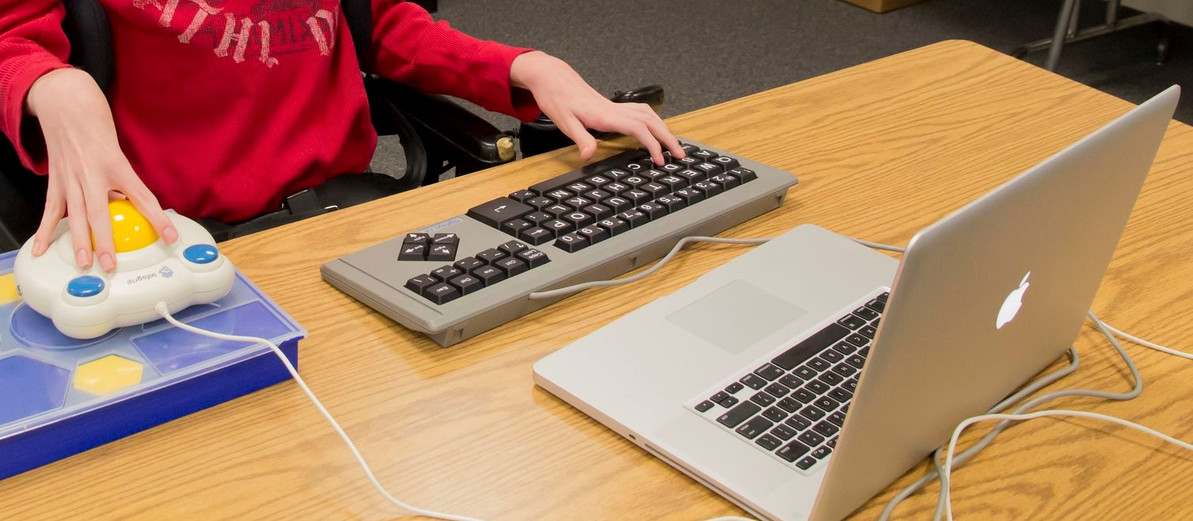Computer Adaptations for People with Parkinson’s Disease
According to the National Parkinson’s Foundation, Parkinson’s Is second only to Alzheimer's as the most prevalent neurodegenerative disease in the United States. A diagnosis of Parkinson’s can lead to frustrating experiences while typing or using a computer mouse. There are, however, some adaptations and accessibility settings that can make these tasks much easier. These same accommodations can benefit those with tremors and diseases such as MS.
Keyboard Control
A common symptom of Parkinson’s is uncontrollable tremors. This results in extra keystrokes and difficulty with mouse control. In Windows, turning the Bounce Key function on will help to control the number of keystrokes made when keys are pressed. This can be accomplished on Windows 7 or later by:
- simultaneously clicking the ‘Windows logo Key’ + ‘U’ to reach the Ease of Access Center. (Or search ‘Ease of Access’ in the search bar.)
- Selecting “Make the keyboard easier to use” under Explore All Settings.
- Then selecting Turn Filter Keys on and choosing the options that you feel will best assist you with keyboard input.
Additional PC accessibility functions can be found here.
For Mac users, go to the accessibility settings to enable similar features such as Slow Keys. Find more details here and check out software that steadies the mouse and locks it onto targets, such as SteadyMouse.
Individuals with Parkinson’s may benefit from a keyboard with larger keys. Keyboards like the BigBlu Kinderboard Large Key Keyboard and the VisionBoard Large Key Wireless Keyboard have large 1” keys that make typing easier.
Both Mac and PC users can use their voice to navigate around their computer and type, too.
Mouse Control
Mouse use can also be challenging for individuals with tremors. Using a large trackball mouse such as the Bigtrack Ball Mouse and adjusting mouse speed in your computer's settings can make mouse use much easier. Another option is to use Mouse Keys (again, a setting on your computer). This allows the cursor to be moved using the up and down arrows on the keyboard. And for individuals that choose to use mouse or mouse key input, consider using your computer's On Screen Keyboard instead of an actual keyboard. Additionally, try the free demo of Steady Mouse software to steady your mouse movements.
Individuals that have difficulty with mouse clicks can use a mouse with larger buttons, like the Bigtrack Ball Mouse shown below. It is available in a wireless version, too. Or they can use dwell click software that automatically clicks if the cursor is held in a location for a preset amount of time. Check out Dwell Clicker 2 for Windows or Dwell Click for Mac for this functionality.

Recent Posts
-
Encouraging Unilateral Weight-Bearing Exercises with a Switch-Adapted Toy: Ideas for Physical Therapy and Home Treatment Carryover
When working with young children who have limited understanding of cause and effect, finding ways to …Feb 10, 2025 -
Promote good hand hygiene using Assistive Technology!
As parents, teachers, and therapists, we all encourage the children we work with to practice good ha …Feb 17, 2021 -
Computer Adaptations for People with Parkinson’s Disease
According to the National Parkinson’s Foundation, Parkinson’s Is second only to Alzheime …Jun 22, 2020






